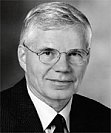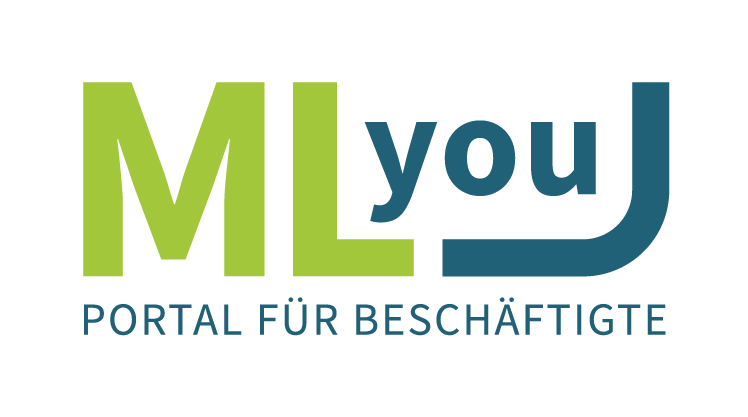Prof. Dr. Günter Borm

Prof. Dr. Günter Borm
GeoForschungszentrum Potsdam (GFZ) – Director Department of Geoengineering
Research Focus
Geomechanik
Tunnelbau-Seismik
wissenschaftliche Tiefbohrungen,
geologische Speicherung von CO2
smart-structures Messtechnik
Selected Publications
Borm, G., Giese, R. and Otto, P. (2003): Integrated seismic system for geological prediction during tunnel construction. Technology Roadmap for Rock Mechanics. The Southern African Institute of Mining and Metallurgy. Symposium Series S33, Johannesburg, 137-141
Borm, G., Engeser, B., Hoffers, B., Kutter, H.K., Lempp, Ch. (1997): "Borehole Instabilities in the KTB Main Borehole". J. Geophys. Res., Vol. 102, No. B8, pp. 18,507-18,517, 1997
Cornet, F.H., Doan, M.L., Moretti, I., and Borm, G. (2004): Drilling through the active Aegion-Fault: The AIG10 well observatory. C.R.Geoscience 336, No.4-5, 395-406
Giese, R., Klose, Ch. and Borm, G. (2005): In-situ seismic investigations of fault zones in the Leventina Gneiss Complex of the Swiss Central Alps. In: Harvey, P.K., Brewer, T.S., Pezard, P.A. and Petrov, V.A. (eds.) Petrophysical Properties of Crystalline Rocks, 15-24, The Geological Society, Special Publication SP 240, Bath, UK
Rabbel, W., Beilecke, Th., Bohlen, Th., Fischer, D., Frank, A., Hasenclever, J., Borm, G., Kück, J., Bram, K., Druivenga, G., Lüschen, E., Gebrande, H., Pujol, J. and Smithson, S. (2004): "Superdeep vertical seismic profiling at the KTB deep drill hole (Germany): Seismic close-up view of a major thrust zone down to 8.5 km depth", J. Geophys. Res., Vol. 109, No. B9, B09309, 10.1029/2004JB002975
Special Offer
Carbon Sequestration Leadership Forum (CSLF), Technical Group Workshop, GeoForschungsZentrum Potsdam. Sept. 29, 2005
Congress-Abstract
CO2SINK―二酸化炭素の地中貯留―
CO2SINKプロジェクトの目的は、CO2の地中貯留の現地実験である。温室効果ガスの大気への排出量を削減するために、塩分を含んだ帯水層へのCO2地中貯留が行われている。同プロジェクトによって、CO2の地中貯留に関する科学的理解が促進されるであろう。ベルリン近郊のケッチン市の近くには、CO2回収とその貯留のプロセスを実演するための試験用地と設備がある。
研究プログラムでは、地球物理学と地球化学に関する広範な技術、数値モデルの開発およびベンチマーク試験、リスク評価戦略の定義づけ、さらには、パブリック・アウトリーチ・プログラムによって、地中に注入されたCO2の集中的なモニタリングが行われている。大都市圏にあるこの実験用地は、CO2を陸上から塩性帯水層に貯留するヨーロッパで唯一の施設である。
欧州委員会から870万ユーロの資金提供を受けている同プロジェクトは、大学、国立研究センターおよび産業界からの14人のパートナーを統合したコンソーシアムであり、ポツダム・地球研究センターによってコーディネートされている。
CO2SINK – Geological Storage of Carbon Dioxide
The CO2SINK project aims at in-situ testing of geological storage of CO2. It will advance the understanding of science and practical processes involved in underground storage of CO2 into a saline aquifer to reduce emissions of greenhouse gases to the atmosphere. The site chosen near the city of Ketzin close to Berlin includes industrial land and infrastructure as a testing ground for small scale demonstration of CO2 capture and storage processes.
The work program involves intensive monitoring of the fate of the injected CO2 by a broad range of geophysical and geochemical techniques, the development and benchmarking of numerical models, and the definition of risk assessment strategies, accompanied by a public outreach program. The test site, being close to a metropolitan area, provides a unique opportunity to develop a European showcase for onshore CO2 storage in a saline aquifer.
The project is funded by the European Commission with up to 8.7 million Euros. The consortium integrates 14 partners from universities, national research centres, and industry. It is coordinated by the GeoForschungsZentrum Potsdam.



